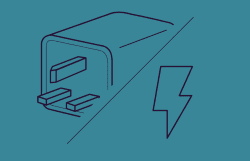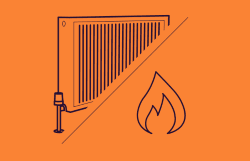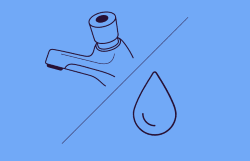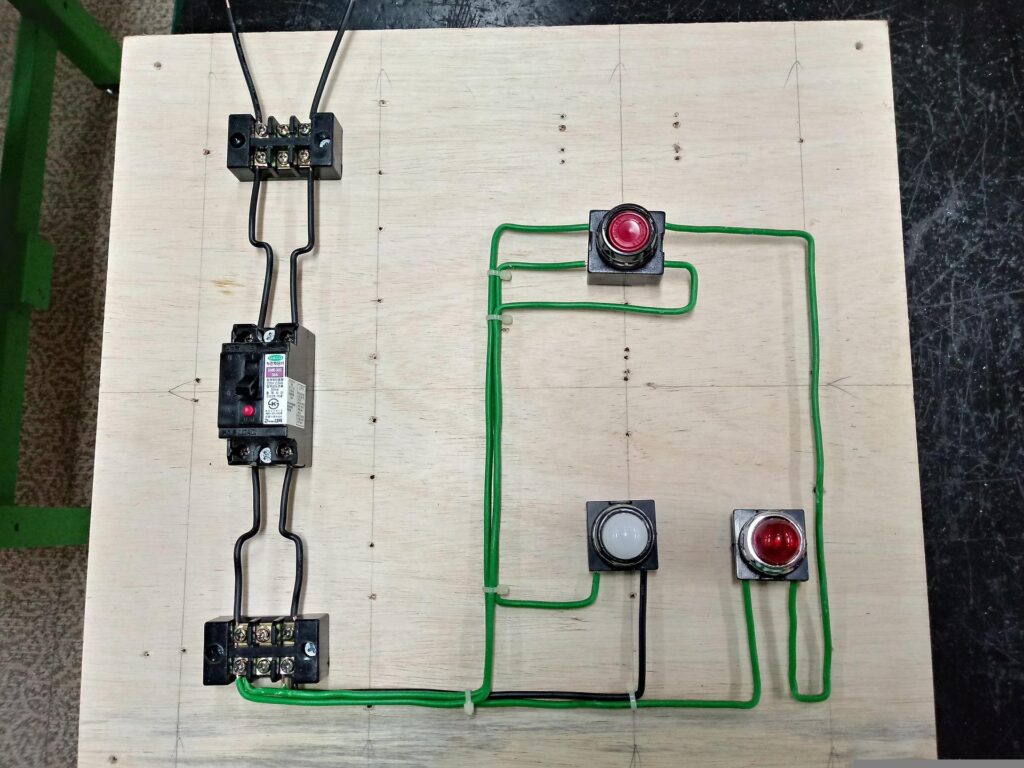A Ryefield board is a type of distribution fuse board, tokened its name by the manufacturers; Ryefield Engineering. There are many variations of distribution boards in the UK, and they are typically considered to be a safe and practical wiring solution for a multi-dwelling building (such as flats).
So, why Ryefield? Ryefield distribution boards are the cheapest, the most reliable, and the most robust in the market. As a result of this excellent track record and reputation, Ryefield boards are the ONLY distribution boards which are automatically approved, and recommended, by all the major suppliers of electrical energy in the UK.
EDF, for example, recognise Ryefield boards exclusively for multi-dwelling and commercial buildings!
Distribution boards are also known as panelboards, break panel, and electrical panels. Modern boards can handle supplies up to around 200 A and would usually use circuit breakers and RCDs if their supply was that high.
When are Ryefield Distribution Boards Used?
Ryefield boards, and all distribution boards, function in conjunction with preinstalled metering equipment. They work to distribute power from the main power supply to all the individual meters within a building. At the same time, distribution boards simultaneously provide separate protection for each of those individual circuits.
Designed especially for multiple-occupancy buildings such as flats and offices the Ryefield board is commonplace in many UK big cities where both those buildings appear lots. This means that there are many applications to get a distribution board fitted.
Not all buildings with multiple occupancy require a Ryefield board, it is largely dependent on your energy provider, but the following are buildings where they can be installed:
- new build properties with many flats,
- any houses which contain different flats or different dwellings,
- commercial buildings where 3 phase electrical current in incoming and there is the need to redistribute it to appliances like cookers, air conditioning, CCTV circuits etc which all consume large amounts of energy, and
- restaurants, small hotels, hostels, and other small commercial dwellings
and buildings.
The reason a Ryefield distribution board may be required, and is often useful, in these buildings is because the energy supplied has to be split across more than one household/person/organisation. Ryefield boards allow for people in flat blocks to pay for their own energy consumption, based on actual usage.
Therefore, they are often required as it is so much more practical and efficient for tenants/occupiers of the buildings.
The best thing about distribution boards is that they separate parts of your building, in a domestic sense. As long as each section is controlled by a switch disconnector on the board then the supply is separated. For example, a swimming pool within a house could function on a different distribution board to an irrigation facility.
Ryefield boards are used in domestic, commercial, and industrial instances.
Essentially, anywhere where there is need for 3-24 ways electrical distribution (see more here).
What is a Distribution Board?
The structural, technical, and electrical aspects of a distribution board vary depending on country, and on the specific requirements the board itself must fulfil. Typically, a usual electrical distribution board includes the following components:
| Component | Explanation |
| Bus Bar | Metal bars used to carry large amounts of current |
| Fuse Links | A short piece of insulated, low-voltage cable that is designed to protect the harness in instances where a fuse is unsuitable |
| Switches | Used to connect and isolate electrical circuits |
| Bypass Equipment | Two electrical conductors electrically insulated from one another, spaced apart with a gap |
| Residual Current Detector (RCD) | Life-saving device designed to prevent a fatal electric shock. It also provides some protection against electrical fires. |
Safety first! Distribution boards must ensure the following when installed:
1. the fuse should not allow overcurrent through the circuitry.
2. that there is sufficient space for other wires, fixtures, and cables.
3. that it is easy to install.
4. that it is not susceptible to corrosion, kept away from fire, and kept
away from water.
5. that wires and cables are of sufficient quality.
Can Ryefield Boards be Installed by Anyone?
Ryefield boards are relatively easy to understand in terms of their role and the concept. And, with the lockdown DIY boom of 2020 there may be some people who are keen to install these themselves. However, Ryefield boards require proper qualifications to install – not even all electricians are registered for the job.
It is important to ensure anyone you employ to fit the Ryefield board is adequately qualified as the job, if done badly, could be very detrimental to the many occupants of a building. It is a good choice to ensure the chosen electrician has previous experience in installing these large distribution boards, typically you should also be looking for someone with good reviews for that specific task too.
Here at Energy Solutions, do not hesitate to get in touch for assistance in helping you to manage all your energy needs. We can provide support and guidance in making the right decisions for you and your energy requirements. Need a recommendation? We can sort that for you.
As experts in our field, we can help you decide what your building requires when customising your distribution boards. It is important to remain aware of local regulations and understand your building’s load requirements. This is something we can help you to understand before deciding on, and fitting, a distribution board.
For high-quality, unbiased advice Energy Solutions has you covered.




